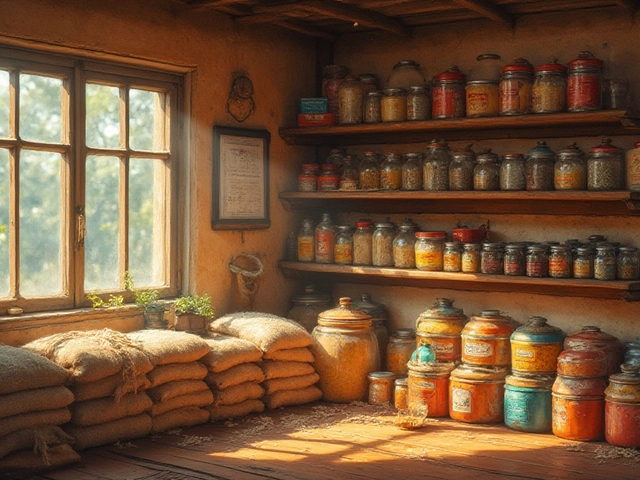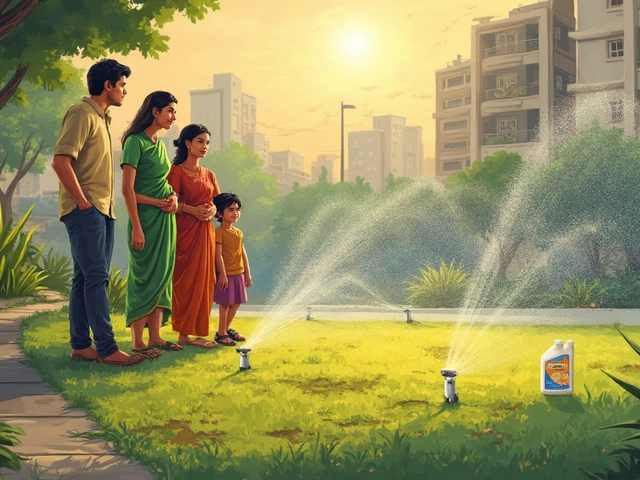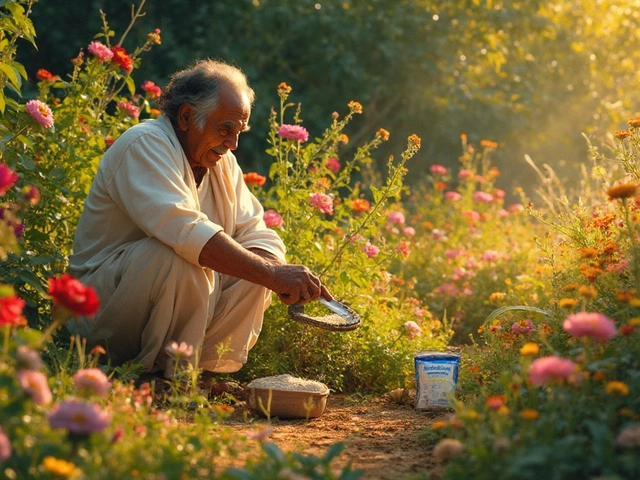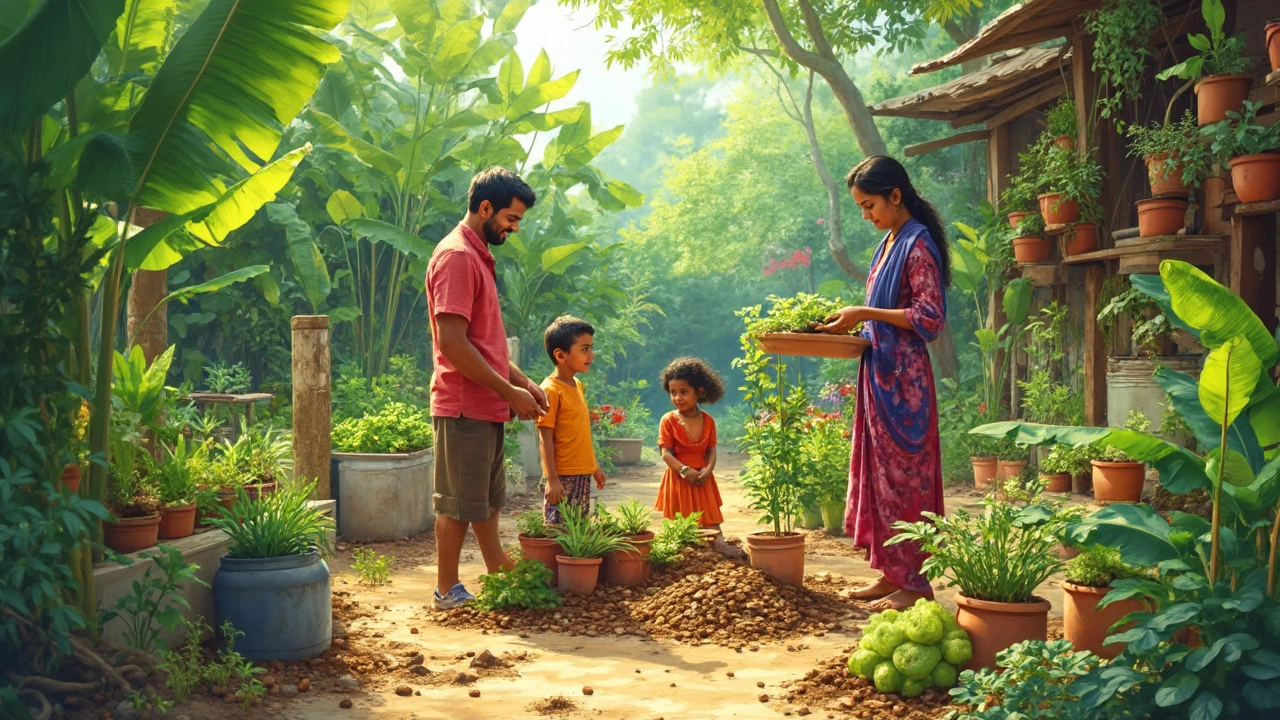Green Gardening: Simple Steps for a Sustainable Garden
Want a garden that looks great and does good for the planet? You’re in the right spot. Green gardening is all about using water wisely, choosing the right plants, and keeping waste to a minimum. Below you’ll find easy ideas you can start today, plus quick pointers to our most useful guides.
Water‑Saving Techniques
Water is the biggest expense in most Indian gardens, especially during the hot months. Switching to drip irrigation can cut your water use by up to 70%. Our guide on how deep drip lines should be buried explains why placing tubes 6‑12 inches underground protects them from sun damage and reduces evaporation. If you’re on a budget, the post Why isn’t everyone using drip irrigation? breaks down common myths and shows how to avoid costly mistakes.
For small spaces, drip tape vs. drip line helps you pick the right system. Drip tape works well for flat beds and raised planters, while drip line is better for rows of vegetables. Both options let you water at the root zone only, which means healthier plants and less weed growth.
Space‑Smart & Sustainable Practices
Living in a city? A balcony can become a mini‑farm with vertical gardens, smart storage, and even a tiny herb corner. The article How to Maximize a Small Balcony gives layout ideas that turn a cramped area into a productive green spot.
Composting is another free‑fuel trick. Kitchen scraps, coffee grounds, and garden waste turn into rich soil that improves drainage and reduces the need for chemical fertilizers. Just avoid using coffee grounds on plants that dislike them – check the post Plants That Hate Coffee Grounds for the list.
Companion planting, or "sister plants," lets you pair species that help each other out. For instance, marigolds repel many pests that bother tomatoes, while basil can boost pepper flavor. Our guide on companion planting walks you through the easiest pairings for Indian climates.
Zero‑waste fruits are a fun way to get more bang for your buck. Instead of tossing peels and seeds, learn how to turn them into snacks or natural cleaners. The Zero‑Waste Fruits article shows practical uses for every part of the fruit.
Indoor gardening also counts toward green living. Simple watering tips, like letting tap water sit for a few hours to let chlorine evaporate, keep houseplants happy without extra chemicals. See the post How to Take Care of Indoor Plants for a quick checklist.
Finally, think about the soil you’re working with. Heavy, compacted soil can be loosened with organic matter such as compost, sand, or even shredded leaves. The article How to Loosen Heavy Garden Soil gives step‑by‑step instructions that any gardener can follow.
All these ideas share one goal: a greener garden that saves water, reduces waste, and stays healthy year after year. Pick one or two techniques to start, and watch your garden become both beautiful and eco‑friendly. Need more detail? Jump to any of the linked guides for deeper tips and real‑world examples.
Sustainable Gardening: What’s Another Name for It?
Curious about other names for sustainable gardening? This article breaks down what people really mean when they talk about eco-friendly, low-impact, or regenerative gardening. Learn the most common terms, why they matter, and how each approach can change the way you grow your own food or flowers. Check out easy tips to try at home and spot the differences between similar styles. Get straight answers and practical ideas for greener gardening.
About
Sustainable Gardening
Latest Posts


Grow Vegetables on Your Balcony: A Simple Guide
By Alden Thorne Feb 12, 2025

How Long Does Rice Last? Essential Stockpiling Tips for Long-Term Storage
By Alden Thorne Jul 5, 2025

Most Unsustainable Thing? Grass Lawns and the Gardening Problem
By Alden Thorne May 3, 2025

